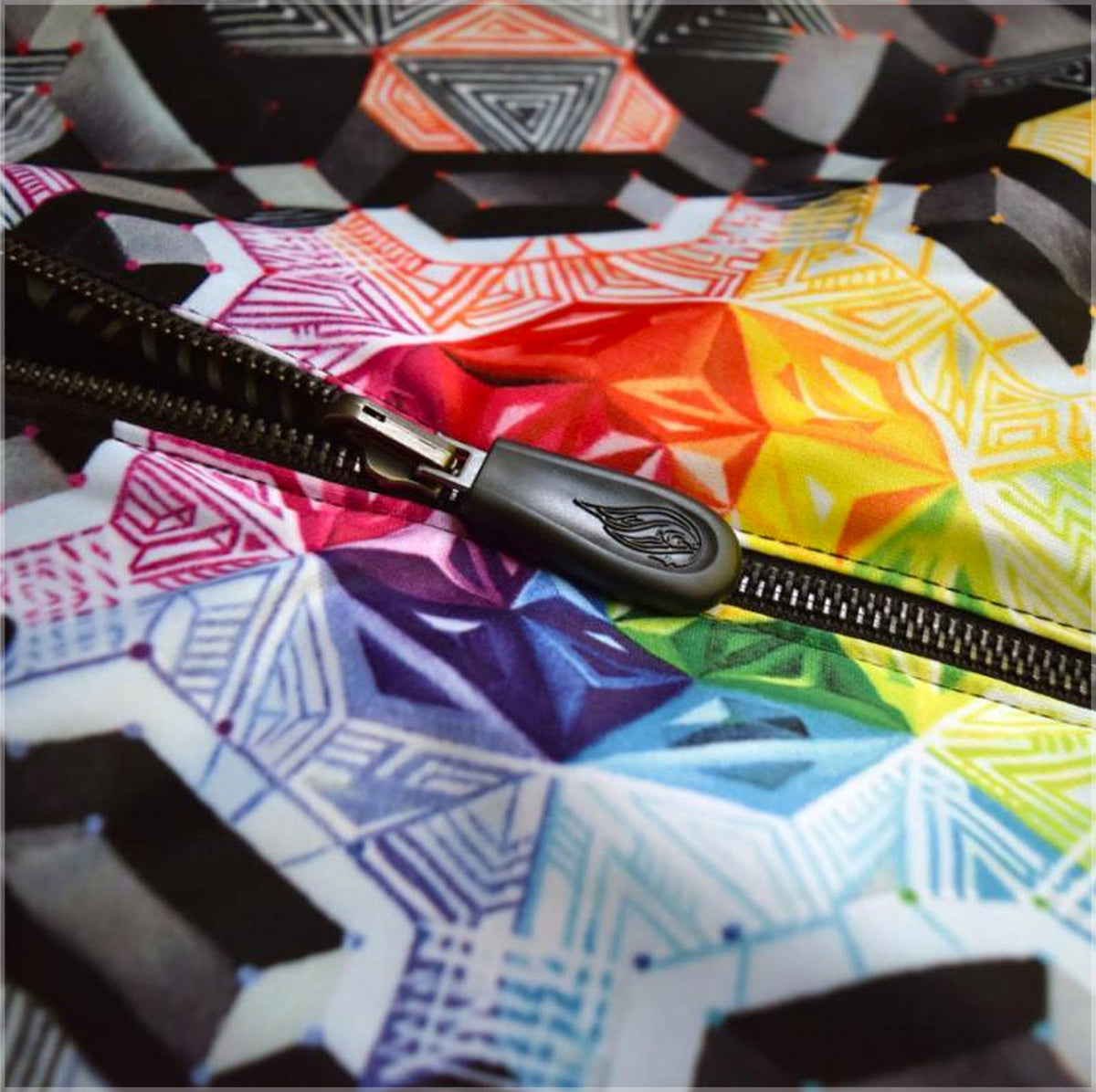

The middle phase is recorded from the lower-middle Yixianįormation (underlying the Jingangshan Bed) and its coeval strata (ca.

The early phase of the entomofauna is found in the Dabeigou Formation and its coeval horizons (ca. Insects of the Jehol Biota, also known as the Jehol Entomofauna, can be divided into three phases, approximately corresponding to the early, middle, and late Jehol Biota. While the wasp fauna of the Early Cretaceous Crato formation in Brazil is very rich (Darling & Sharkey 1990, Osten 2007), only the two scoliids Cretaproscolia josai and Cretoscolia brasiliensis are recorded from this paleolake. josai Rasnitsyn & Martínez-Delclòs, 1999). brasiliensis Osten, 2007), or in the modern subfamily Proscoliinae Rasnitsyn, 1977 (Cretaproscolia asiatica Zhang 2006, C. conquensis Rasnitsyn & Martínez-Delclòs, 2000, C. montsecana Rasnitsyn & Martínez- Delclòs, 1999, C. 2002, Cretoscolia patiens Rasnitsyn, 1993, C. hispanica Rasnitsyn & Martínez- Delclòs, 1999, Protoscolia imperialis Zhang et al. Much more Mesozoic wasps are currently attributed to the Scoliidae, either in the extinct subfamily Archaeoscoliinae Rasnitsyn, 1993 (Archaeoscolia senilis Rasnitsyn, 1993, A. Floriscolia relicta Rasnitsyn, 1993 (Florissant USA), an unnamed Scoliidae (Middle Eocene, Tulameen Road, Princeton, British Columbia, Canada), a fossil specimen attributed to the modern species Campsomeris prismatica Smith, 1855 and the fossil species Scolia distincta Zhang, 1989 (both from the Miocene of Shanwang, Shandong, China) (Zhang 1989, Rasnitsyn 1993, Douglas & Stockey 1996). The included angles can be calculated by the formulas F-P ☑80 in case of anti-clockwise traverse and P-F ☑80 in case of clockwise traverse, where 'F' is the fore bearing of forward line in the direction of survey work and 'P' is the fore bearing of previous line. The whole circle bearing system also known as the azimuthal system varies from 0 degrees to 360 degrees in the clockwise direction. The compass calculates the bearings in whole circle bearing system which determines the angle which the survey line makes with the magnetic north in the clockwise direction. It means compass can read only those observations which are multiples of 30 minutes, 5 ° 30 ', 16 ° 00 ', 35 ° 30 ', for example. Least count means the minimum value that an instrument can read which is 30 minutes in case of prismatic compass.

The name Prismatic compass is given to it because it essentially consists of a prism which is used for taking observations more accurately. For each survey line in the traverse, surveyors take two bearings that is fore bearing and back bearing which should exactly differ by 180 ° if local attraction is negligible. The included angles can then be calculated using suitable formulas in case of clockwise and anti-clockwise traverse respectively. The compass calculates bearings of lines with respect to magnetic needle. The compass is generally used to run a traverse line. Compass surveying is a type of surveying in which the directions of surveying lines are determined with a magnetic compass, and the length of the surveying lines are measured with a tape or chain or laser range finder. Soldier using a prismatic compass to get an azimuthĪ prismatic compass is a navigation and surveying instrument which is extensively used to find out the bearing of the traversing and included angles between them, waypoints (an endpoint of the lcourse) and direction.


 0 kommentar(er)
0 kommentar(er)
